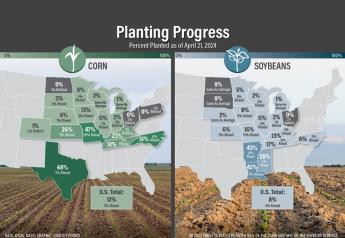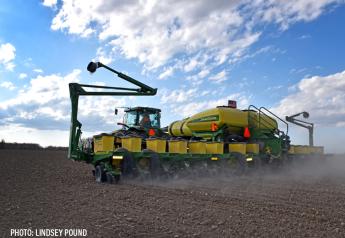Importance of 'flag the technology' grows

"Flag the Technology" helps farmers and pesticide applicators reduce errors and limit off-target herbicide drift, says University of Missouri Extension weed scientist Kevin Bradley.
University of Arkansas Cooperative Extension Service developed the program in 2011. Growers in Missouri, Arkansas, Mississippi and Louisiana are adopting the technology to bring awareness to herbicide drift.
Farmers or applicators place color-coded bicycle flags or similar markers at field entrances to mark herbicide usage and type. This reminds them to check that field and nearby fields before applying herbicides.
"When they pull into a field to apply herbicide, the flags help to assure them that they have the right chemical in their tank to match the traits in that field," Bradley said. "Also, they might be able to look at fields across the road, and if there are different colored flags in nearby fields, then we hope applicators will think twice before spraying in windy conditions."
Each color represents a different herbicide. For example, red indicates a crop that does not have any herbicide tolerance trait. Green indicates LibertyLink, and white is Roundup Ready. Teal flags with the Enlist logo denote the Enlist technology. A black and white checkered flag indicates the Xtend trait.
Multiple flags in one location could show stacked technology.
A brochure about the Flag the Technology program is available at here. A two-minute video overview from the University of Arkansas Division of Agriculture is available at here.







